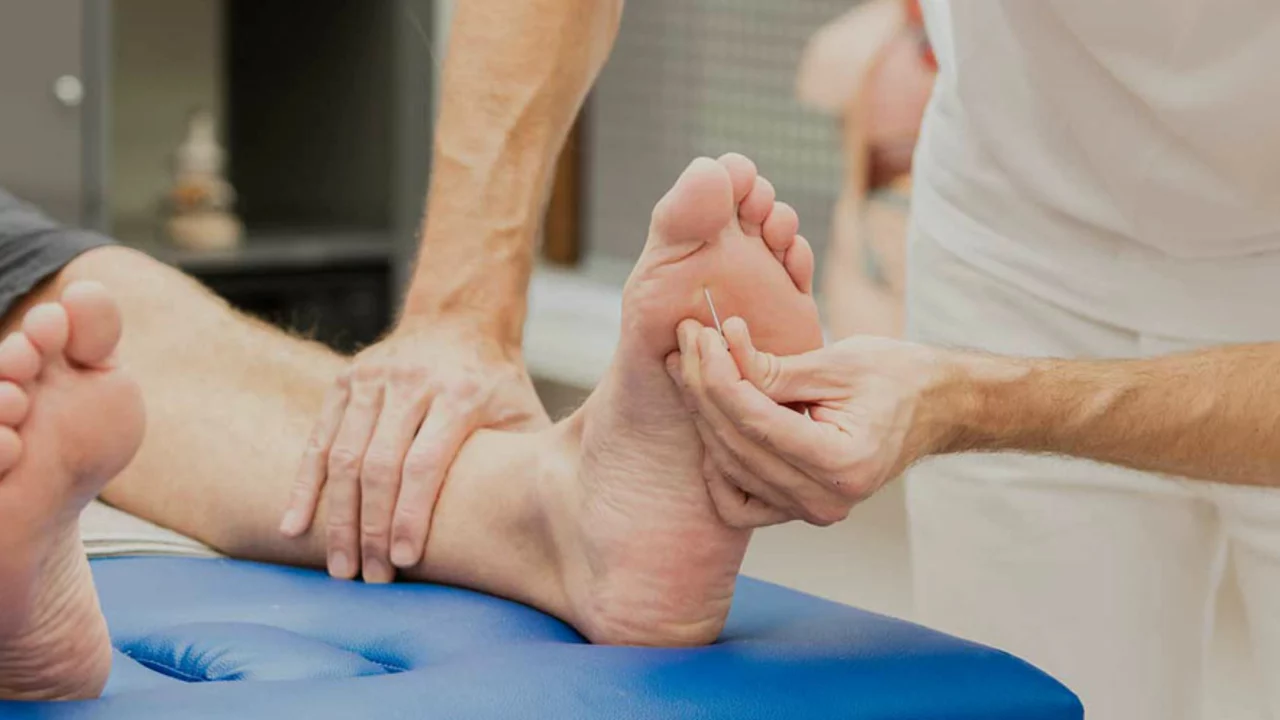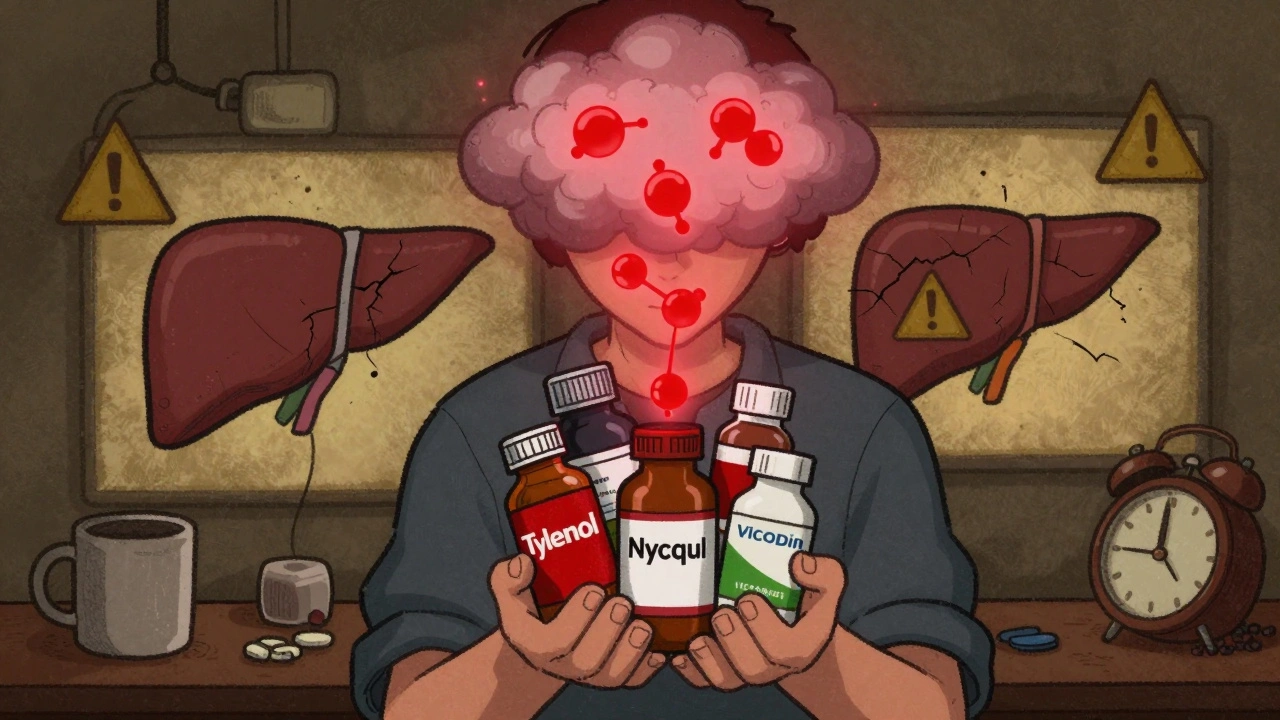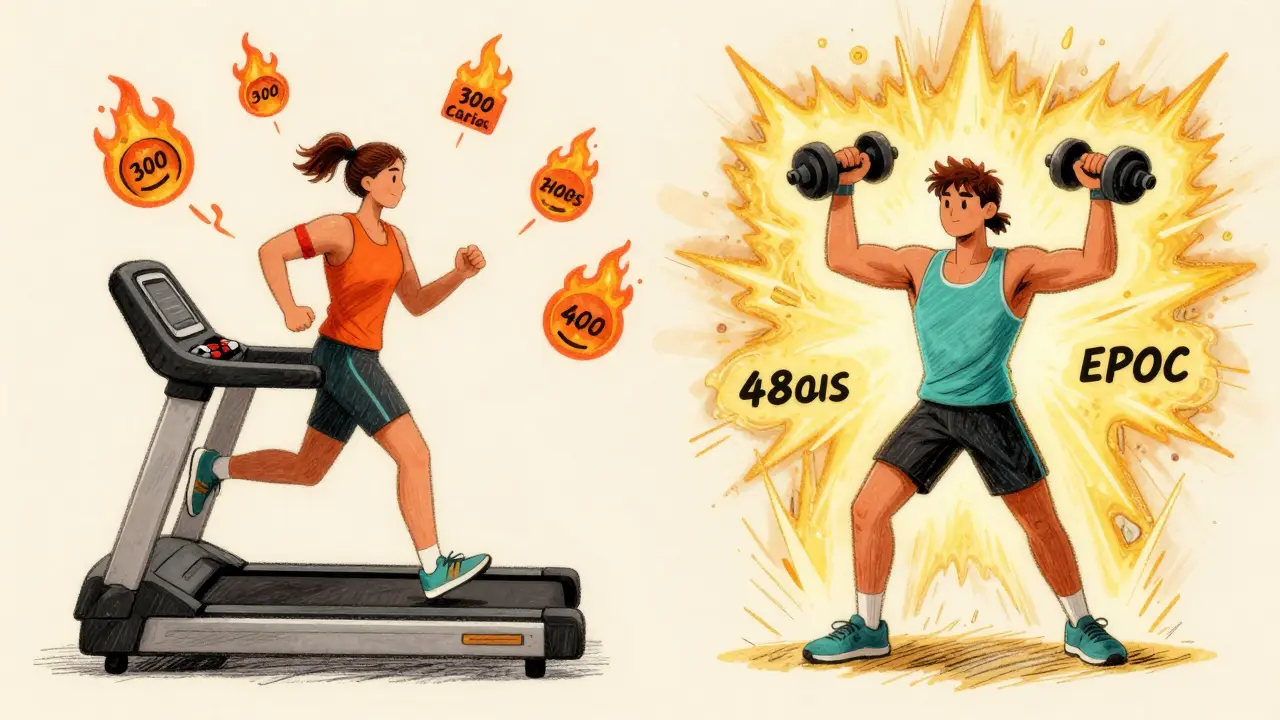Understanding Diabetic Peripheral Neuropathy
If you have diabetes, you might have heard about something called diabetic peripheral neuropathy, or DPN for short. It’s one of the common issues when high blood sugar levels damage your nerves, especially in your feet and hands. This nerve damage can cause pain, numbness, or even weakness, which can affect your daily life more than you might expect.
Why does this happen? High blood sugar over time can injure the tiny blood vessels that supply your nerves, making it tough for them to send signals properly. When this damage kicks in, you might start feeling tingling, burning, or a loss of feeling, especially at night.
Signs and Symptoms You Shouldn't Ignore
Noticing the symptoms early can make a big difference. Common signs include numbness or reduced ability to feel temperature changes, a sharp or burning pain, or extreme sensitivity to touch. Sometimes your muscles might feel weak or twitch. It’s easy to ignore mild tingling, but catching it early means you can take steps to prevent it from getting worse.
One tricky thing is that the symptoms often start in your toes or fingers and slowly move upward. So, if you’re always feeling unusual sensations in your feet, it’s worth talking to your doctor about neuropathy.
What Can You Do About It?
Managing diabetic peripheral neuropathy isn’t just about treating pain—it's also about controlling your diabetes better. Keeping your blood sugar levels in check is your first line of defense. Then, your doctor might suggest medications specifically aimed at easing nerve pain, such as certain antidepressants or anticonvulsants, which have been found effective in many cases.
Besides medicine, practical steps like wearing comfortable shoes, avoiding walking barefoot, and checking your feet daily can prevent complications like sores or infections. Some people find relief through physical therapy or supplements, but it’s best to discuss these options with your healthcare provider.
Living with nerve pain can be tough, but with the right approach, you can reduce symptoms and protect your nerves from further damage. If numbness or pain is keeping you from enjoying life, don’t hesitate to seek advice—there’s a lot you can do to feel better.

Diabetic Peripheral Neuropathy and Occupational Therapy: How It Can Help
In my recent blog post, I explored the connection between Diabetic Peripheral Neuropathy (DPN) and occupational therapy. DPN is a common complication of diabetes that affects nerves, leading to symptoms such as pain and numbness. Occupational therapy is a beneficial non-pharmacological treatment option for DPN, helping patients improve their sensory and motor functions. It also provides strategies to cope with daily activities impacted by the condition. This therapy is crucial for enhancing the quality of life and independence of those living with DPN.





